Why Cleaning Raw Emeralds is Essential
Talc and Clay Deposits: The Hidden Covering
Before discussing cleaning method of Swat Emeralds, Let's have a view over Swat emerald deposits.
- Swat emeralds are found in talc–carbonate schist, a type of metamorphic rock.
- Talc forms when magnesium-rich rocks interact with hot fluids deep inside the Earth.
- During this process, emeralds (beryl crystals) grow in cracks and veins, and talc forms around them as a soft, clay-like layer.
Characteristics of Talc Around Swat Emeralds
| Property | Description |
|---|---|
| Color | White, grey, or light greenish |
| Texture | Soft, powdery, soap-like feel |
| Hardness | Very soft — Mohs hardness 1 |
| Location in mine | Found coating or surrounding emerald crystals in host rock |
Why is Talc Important for Miners?
- Protective layer – Talc forms naturally around emeralds and protects them underground.
- But when emeralds are extracted, this talc layer makes the stones look dull and dirty, hiding their real brilliance.
- That’s why miners must remove talc during cleaning to reveal the true color of emeralds.
The layer of talc and clay surrounding rough emeralds is not just dirt — it’s a compact mineral coating formed during the gem’s creation. It’s often tough to remove without damaging the crystal structure underneath.
Geology of Swat Emerald Mine
The Mingora emerald mine in Swat, Pakistan, lies in the Hindu Kush mountain range, and its emeralds are formed due to a special geological process where hot mineral-rich fluids meet the right type of rocks.
How Emeralds Form There:
-
The host rock is mainly talc-carbonate schist and dolomite marble.
-
Millions of years ago, hot fluids rich in beryllium (Be) from deeper Earth layers interacted with chromium-rich rocks (from ancient oceanic crust).
-
When beryllium + chromium + aluminum + silica met under high pressure and temperature, emerald crystals formed inside cracks and veins.
Common Rocks in Mingora Mine:
| Rock Type | Role in Emerald Formation |
|---|---|
| Talc–Carbonate Schist | Main host rock — soft, greenish, surrounds emeralds |
| Dolomite/Marble | Found near the emerald-bearing zones |
| Quartz Veins | Sometimes seen with emeralds |
| Talc Deposits | Soft coating around emeralds, forms during metamorphism |
Why Swat Emeralds Are Unique:
- They come from a tectonic collision zone (Indian Plate vs. Eurasian Plate).
- This collision created the pressure, heat, and mineral-rich fluids needed to form emeralds.
- That’s why Swat emeralds show brilliant green color, sometimes slightly bluish-green like Colombian emeralds.
Traditional Cleaning Method: Blade Scraping
This is how natural emeralds from Swat come out of the mines — completely covered in talc and clay-like mineral deposits. Before these raw emeralds show their true beauty, the talc around them must be carefully removed. Cleaning Methods Used by Miners:

How Swat Emerald Miners Clean Emeralds Beside the Swat River
After emeralds are brought out of the mines in Mingora (Swat), many locals follow a traditional cleaning method near the rivers or streams.
Traditional River Cleaning Method:
-
Washing in Cold River Water:
Miners take rough emeralds to the river and rinse them in flowing water to remove loose mud and talc. -
Using Small Blades or Knives:
They gently scrape the soft talc and clay from the surface of the emerald with a thin blade. This must be done carefully because emeralds are brittle and can crack easily. -
Rubbing Between Fingers or Cloth:
Some miners rub stones with fingers or a soft cloth in river water to clean off lighter mud layers. -
Sometimes with Oil or Ghee:
In villages, a few people apply baby oil, mustard oil, or even ghee after washing to soften any remaining talc. Then they gently brush it off later. -
Natural Sun Drying:
After cleaning, emeralds are kept on stones or cloth to dry in natural sunlight by the riverside.
Why Do They Clean Emeralds at the River?
- Easy access to fresh flowing water
- Saves time and effort at home
- Traditional practice used for generations
- Water helps loosen talc and clay naturally
How Blade Scraping Works
In Swat’s mining communities, many miners use a blade to manually scrape off the talc from the emerald’s surface. This traditional method is quick but risky.
Risks Involved with Blade Scraping
While effective, this method can easily damage the gem’s surface, leaving scratches or chips. Even light pressure can ruin the luster of emerald rough stones, especially those with surface-reaching inclusions.
Risks of Improper Cleaning
Using aggressive techniques like scraping or acid cleaning can cause micro-cracks, scratches, or even fractures in the emerald. Because natural emeralds often contain inclusions, they are more fragile compared to other gemstones, requiring delicate handling.
Gentle Cleaning Method: The Baby Oil Technique
Step-by-Step Process for Baby Oil or Mineral Oil Soak
The baby oil or mineral oil method is highly recommended for cleaning Swat Emeralds safely. Here’s how it works:
- Prepare the soak: Place your rough emeralds in baby oil or mineral oil.
- Soaking duration: Leave them for 12–24 hours (extend if the talc layer is thick).
- Softening effect: The oil gently softens the talc and clay around the emerald.
- Gentle cleaning: After soaking, use a soft toothbrush or wooden toothpick to remove the softened layer.
- Final touch: Rinse lightly and pat dry.
Why Oil is the Safest Cleaning Medium
Oil not only softens deposits but also lubricates the emerald’s surface, reducing friction. It helps prevent scratches and micro-cracks during cleaning. Moreover, baby oil and mineral oil enhance the emerald’s natural color, revealing its vivid green brilliance without chemical alteration.
Secondary Cleaning: Warm Water + Mild Soap Method
Detailed Procedure for Soap Cleaning
After the oil soak, miners often use a mild soap solution for finishing:
- Mix warm (not hot) water with mild dishwashing liquid.
- Soak the emeralds briefly.
- Gently brush with a soft brush.
- Rinse thoroughly and let them dry naturally.
- Temperature Sensitivity of Emeralds
Never use boiling water or expose natural emeralds to sudden temperature changes. Emeralds can fracture due to internal inclusions and rapid heat expansion.
Methods to Avoid When Cleaning Natural Emeralds
Common Mistakes Made by Miners and Collectors
Some cleaning methods can permanently damage raw emeralds, such as:
- Using strong acids or chemicals
- Boiling water or sudden temperature shifts
- Using hard metal tools without lubrication
Why Ultrasonic Cleaners Can Be Dangerous
Emeralds often contain natural fractures filled with oil or resin. Ultrasonic vibrations can expand these inclusions and cause cracks, ruining the gemstone.
Expert Tips for Preserving Rough Emeralds
Handling, Storage, and Maintenance of Natural Emeralds
-
Always store emeralds separately in soft pouches.
-
Avoid direct sunlight and extreme temperatures.
-
Re-oil occasionally with mineral oil to maintain luster.
Recognizing Safe Cleaning Tools and Materials
Use only soft brushes, baby oil, wooden picks, and mild soap. These materials help preserve the surface of emerald rough stones without altering their natural properties.
FAQs About Swat Emeralds and Cleaning Techniques
1. What makes Swat Emeralds special?
Their deep, vivid green hue and exceptional clarity make them among the world’s finest natural emeralds.
2. How long should I soak rough emeralds in oil?
Between 12 and 24 hours, depending on the thickness of the talc layer.
3. Can I use hot water to clean emeralds?
No. Always use warm water; hot or boiling water can fracture the gemstone.
4. Is blade scraping completely unsafe?
It’s risky. If done without experience, it can scratch or chip the emerald.
5. Why should oil be used during cleaning?
Oil softens talc, reduces friction, and protects the emerald’s delicate surface.
6. Can I use ultrasonic cleaners?
No. Ultrasonic vibrations can cause internal fractures in emeralds.
Conclusion
Cleaning Swat Emeralds is an art that requires patience and precision. From the traditional blade scraping to the safer baby oil technique, each method reveals the hidden brilliance of these vivid green emeralds. For best results, always use gentle techniques, avoid harsh chemicals, and handle every stone with care.
When cleaned correctly, rough emeralds from Swat transform from dull stones into radiant gems — a testament to nature’s beauty and human craftsmanship.
References: https://www.gia.edu/emerald-care-cleaning











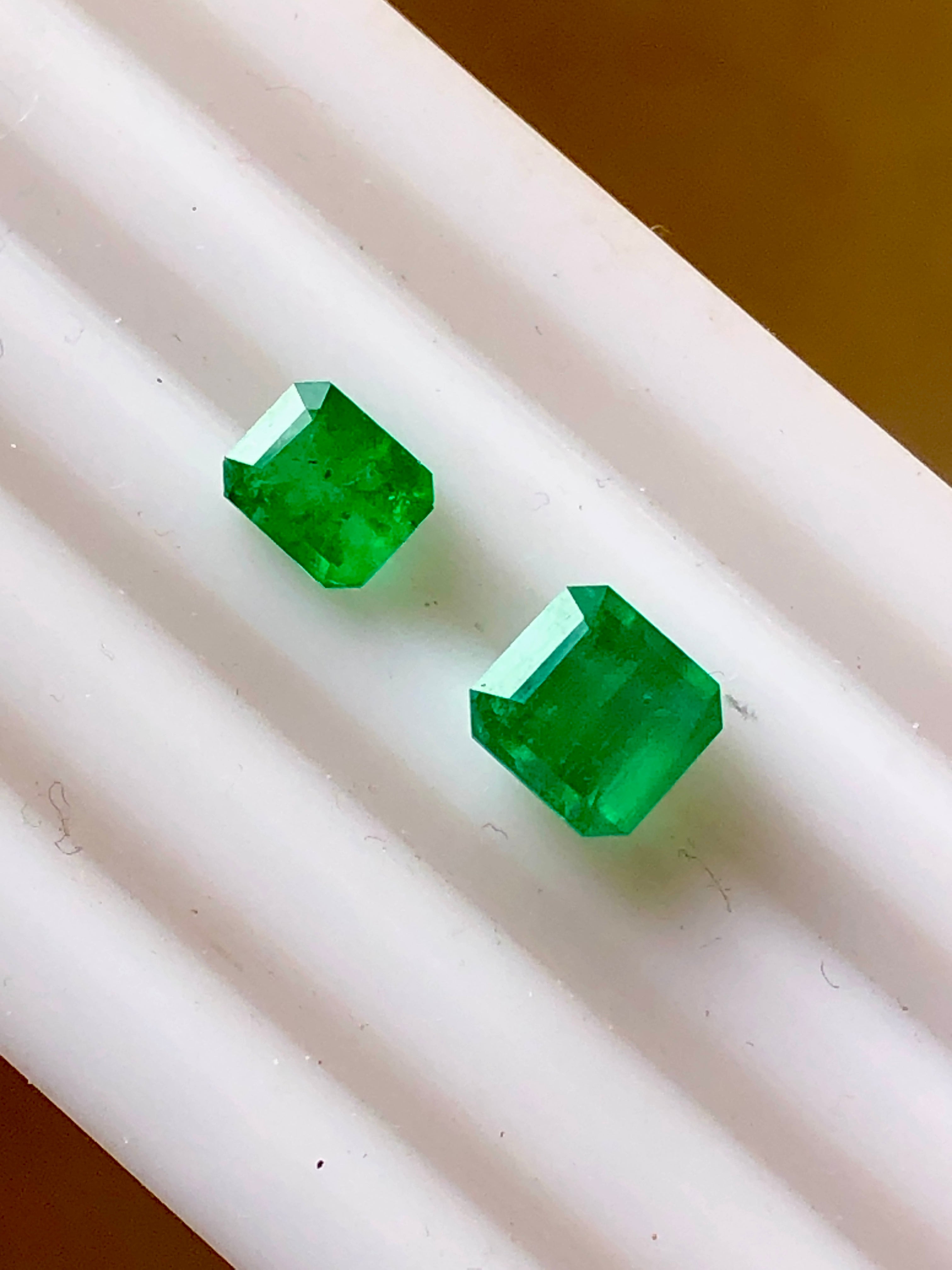
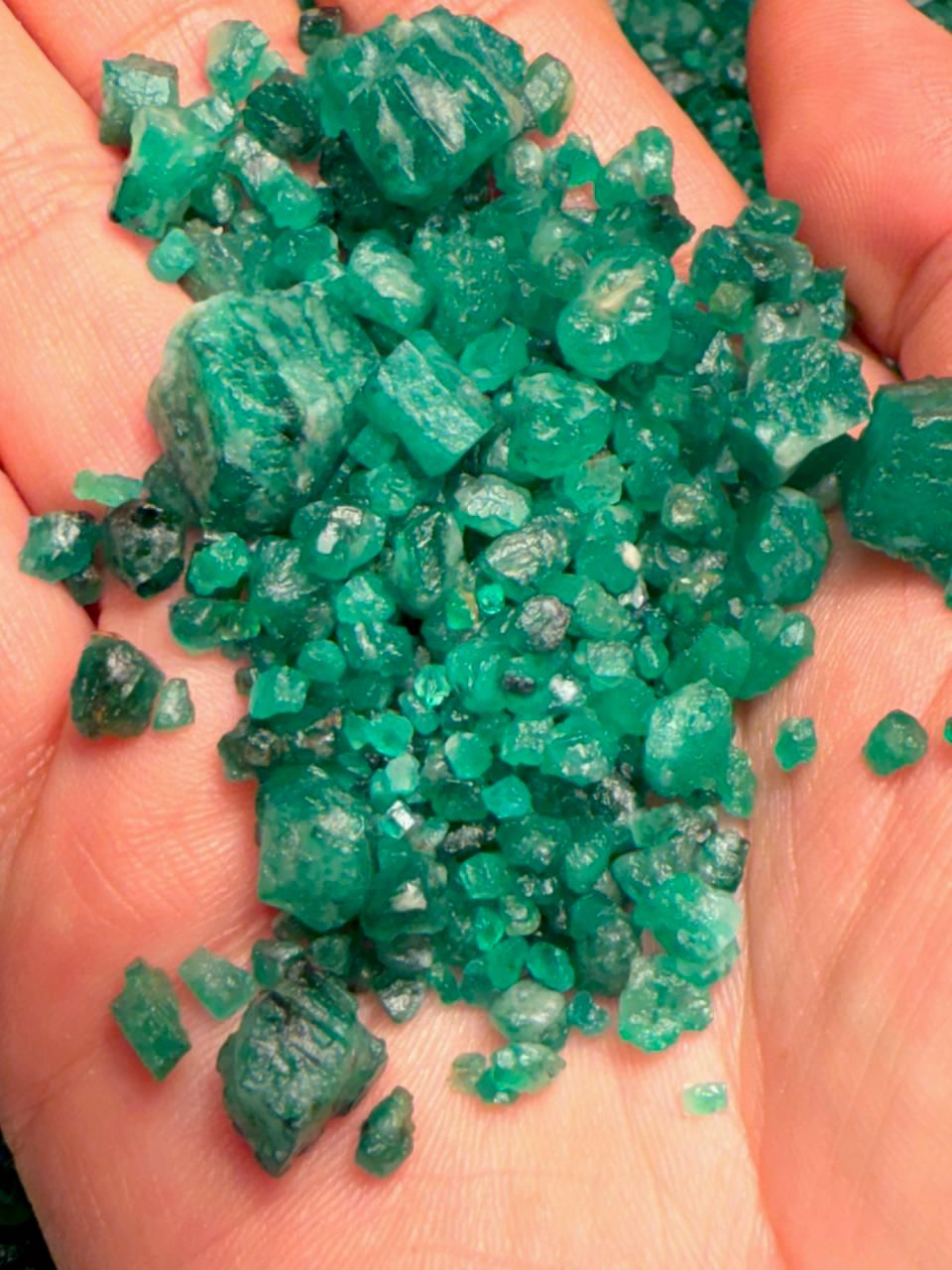




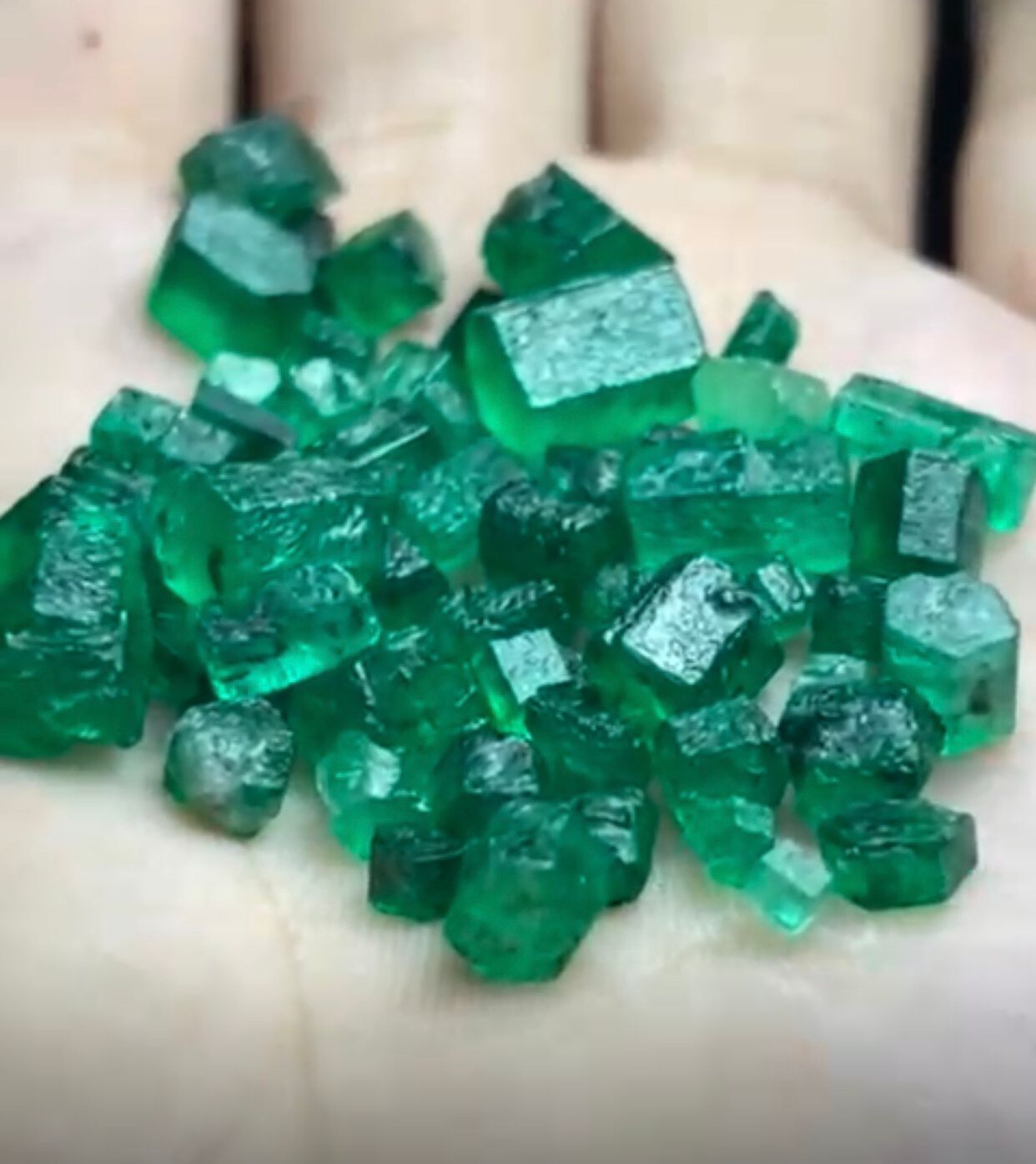
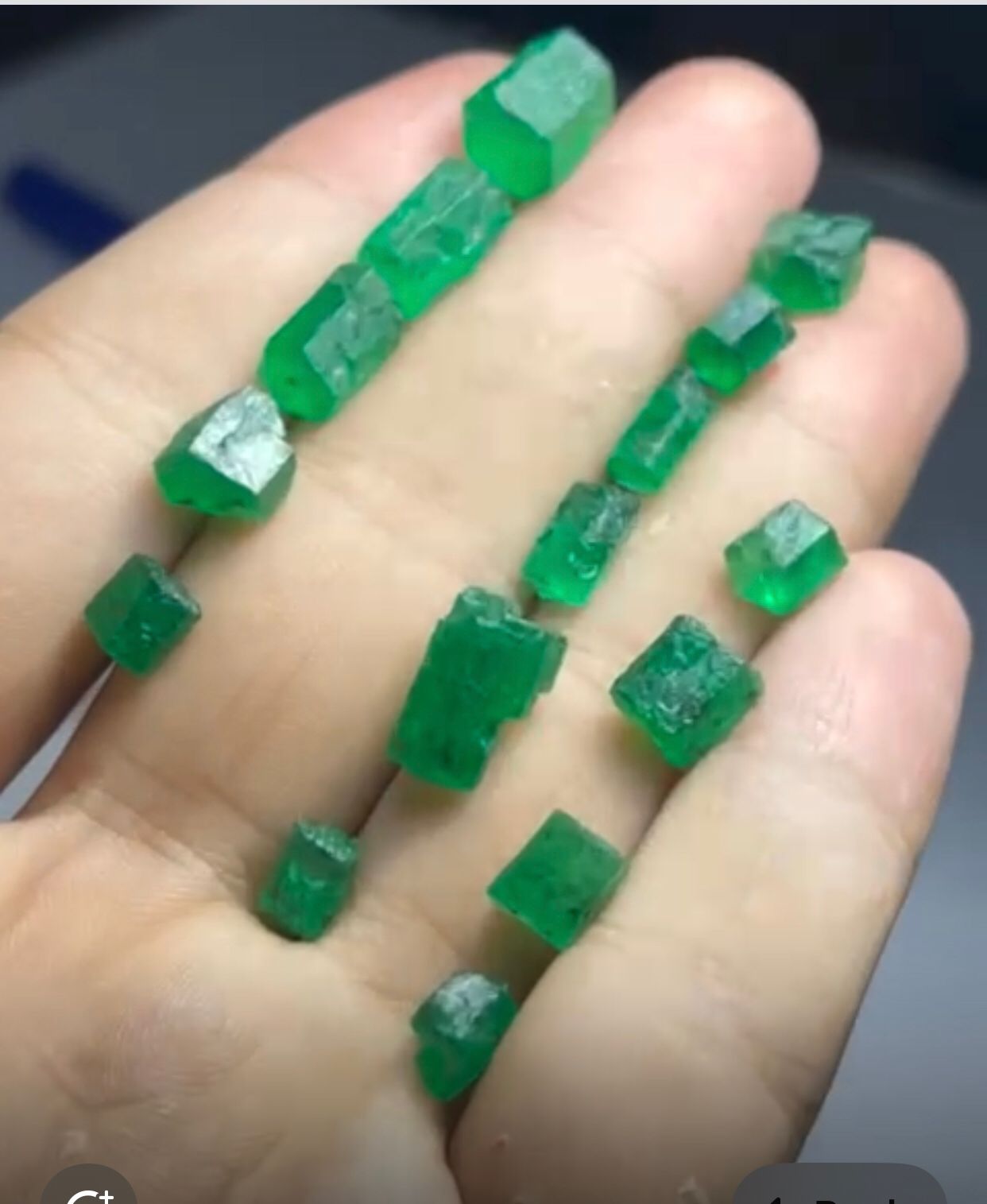

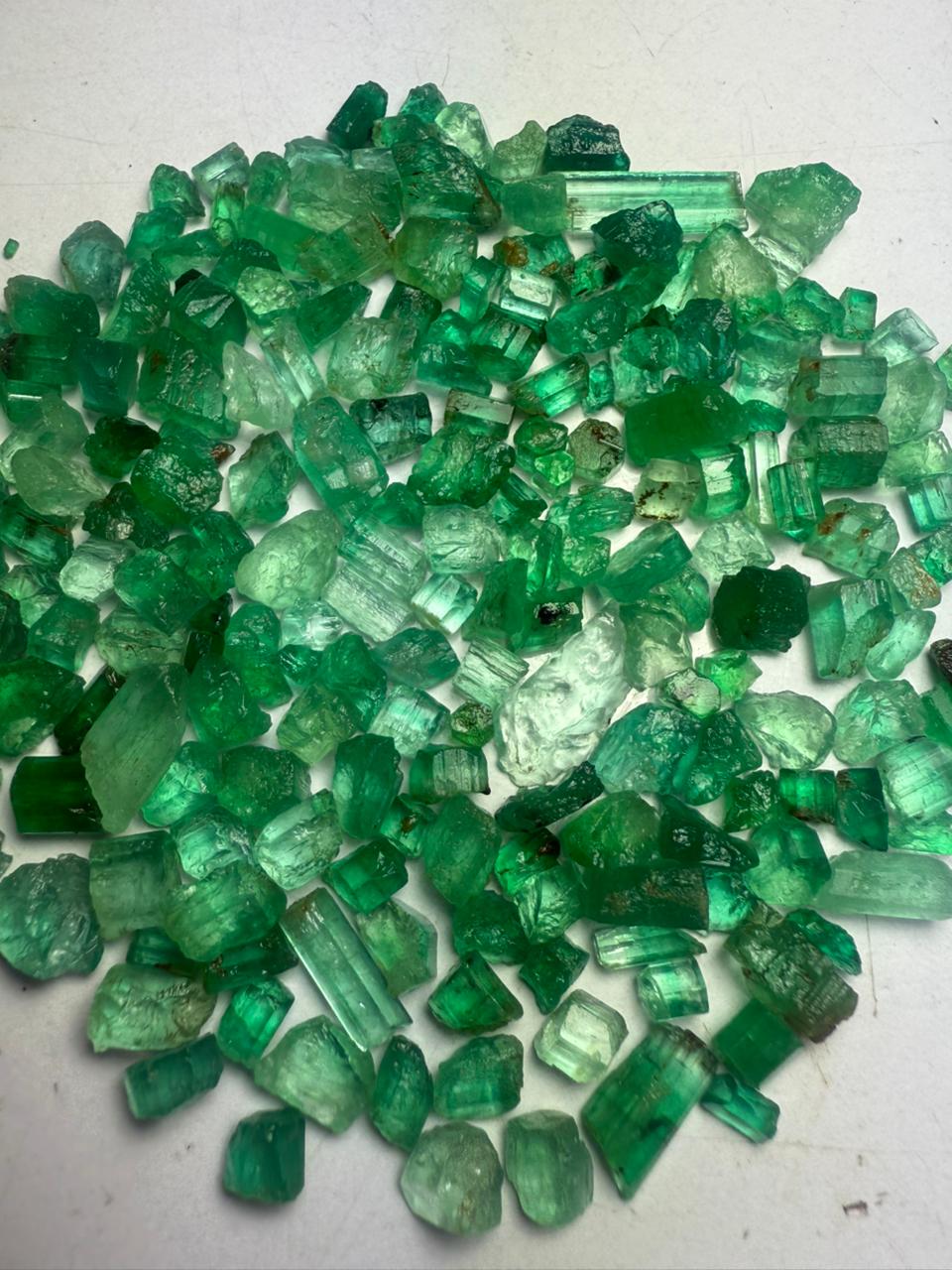
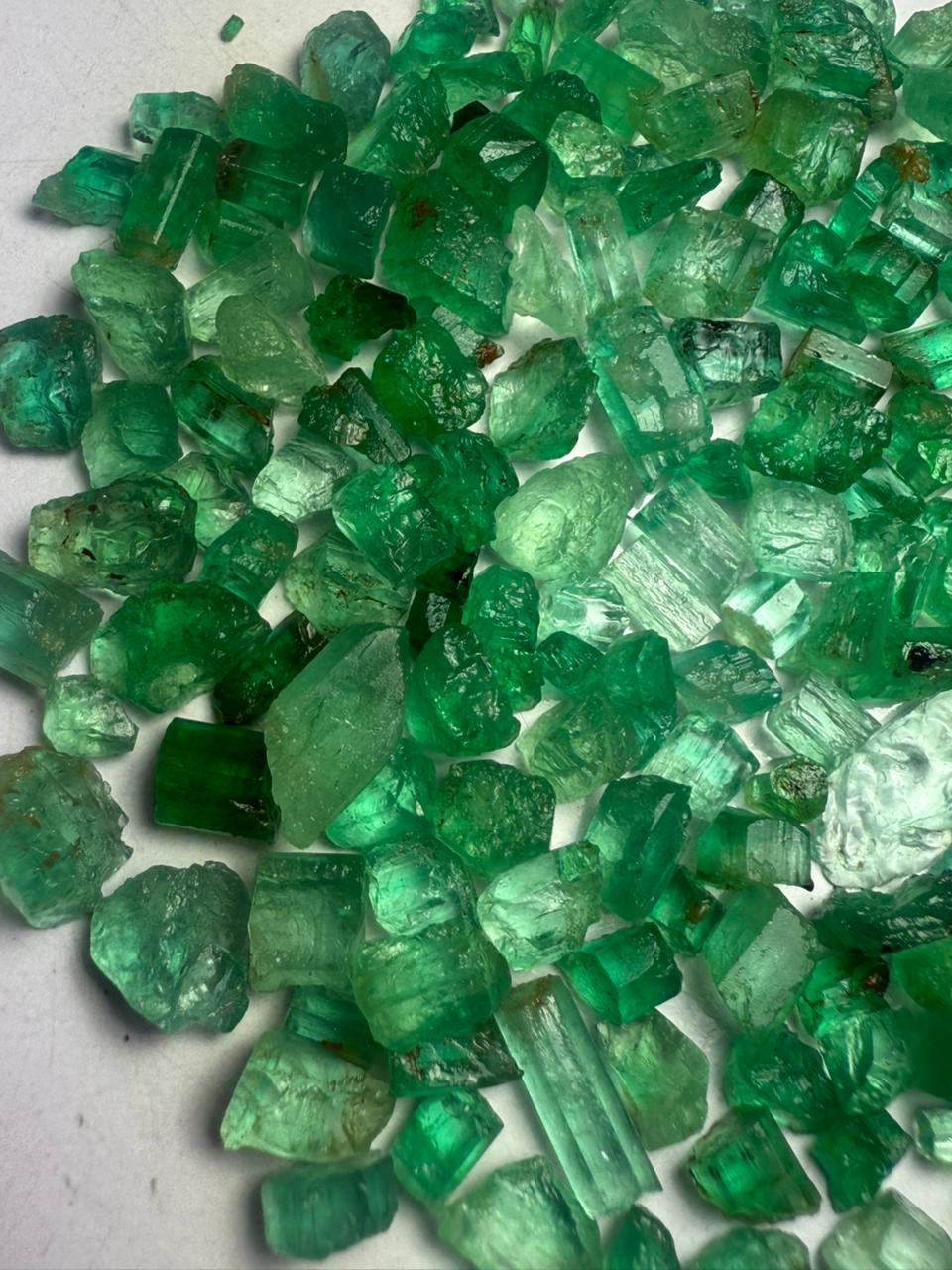
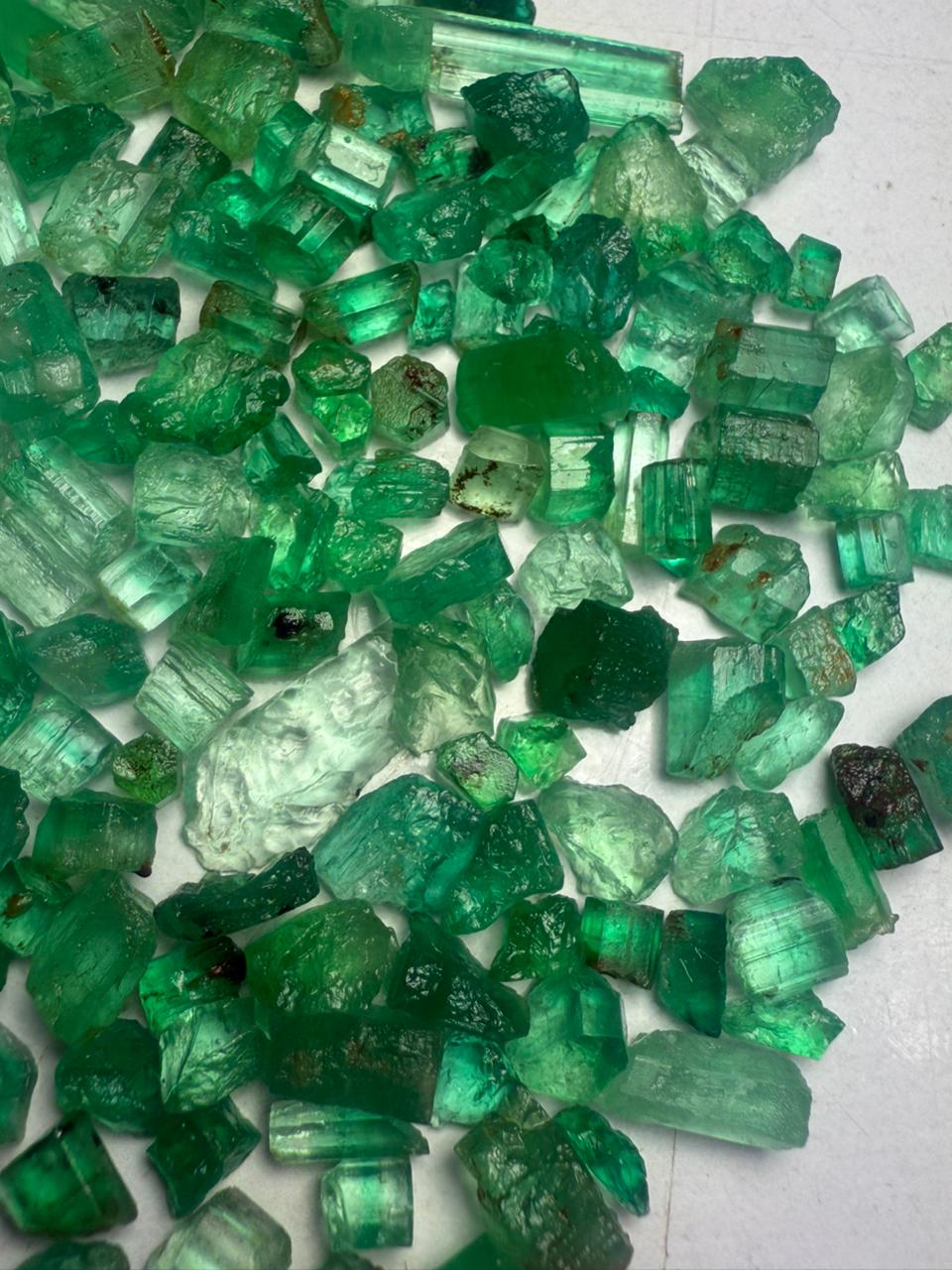
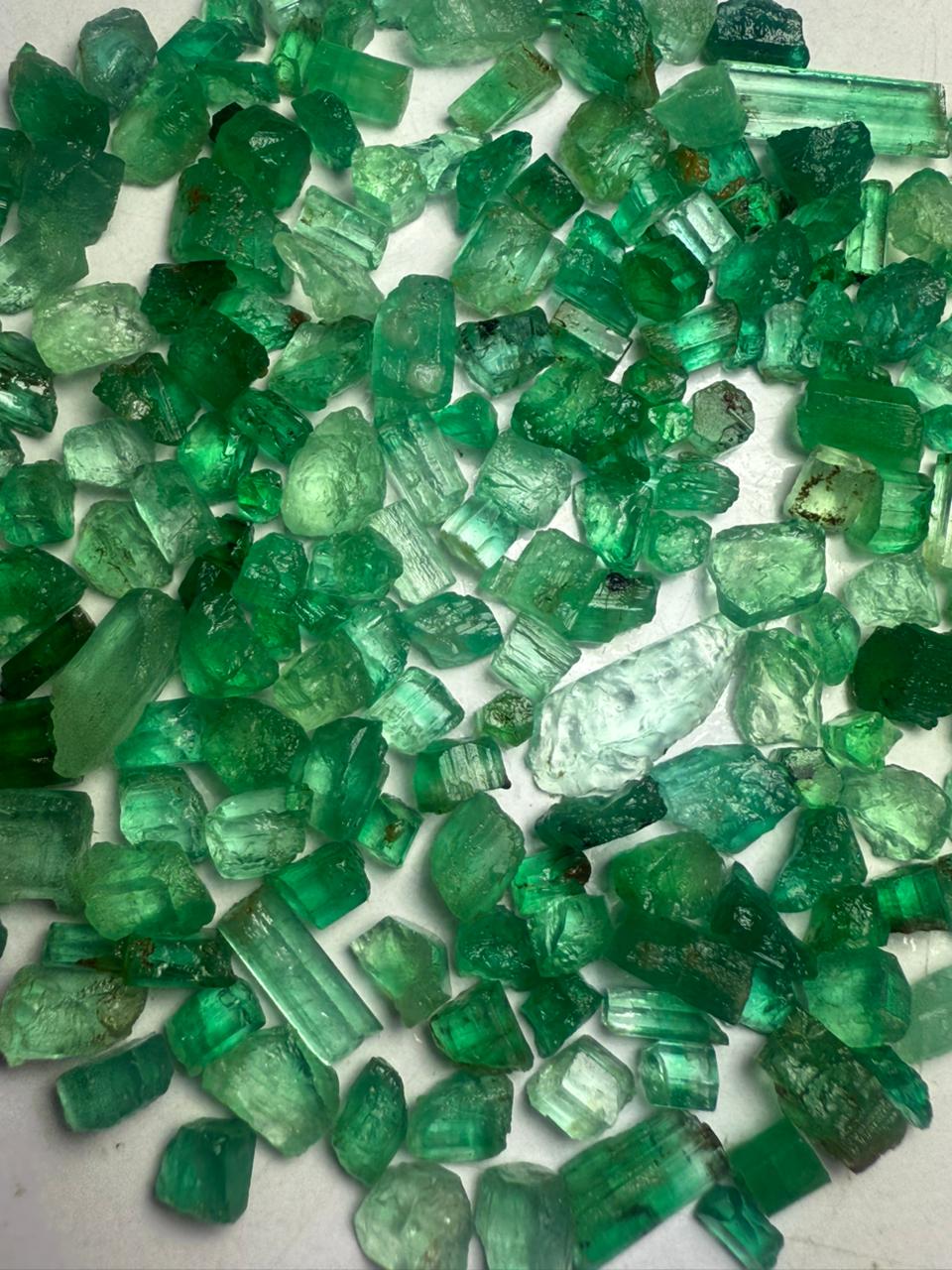

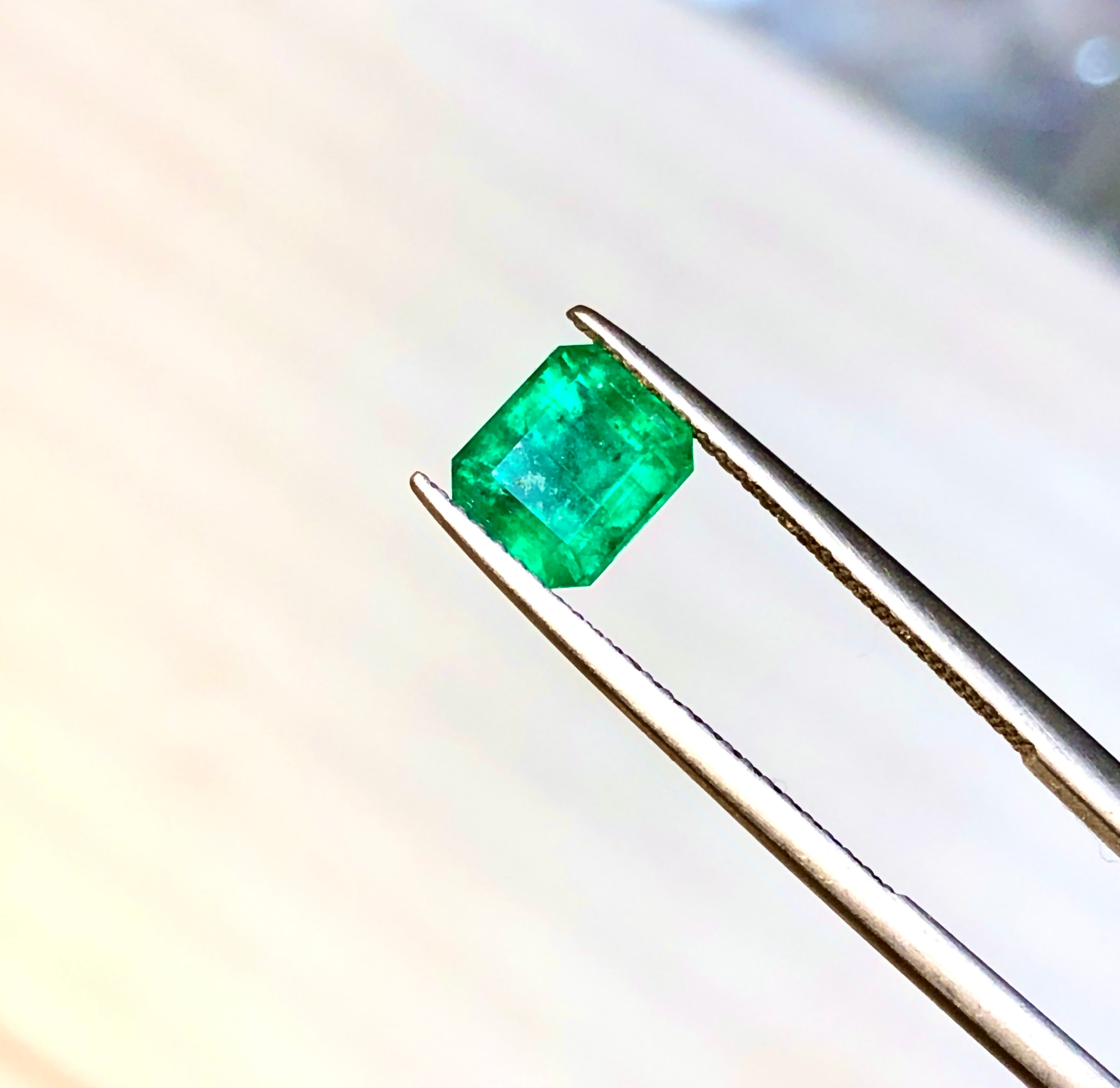
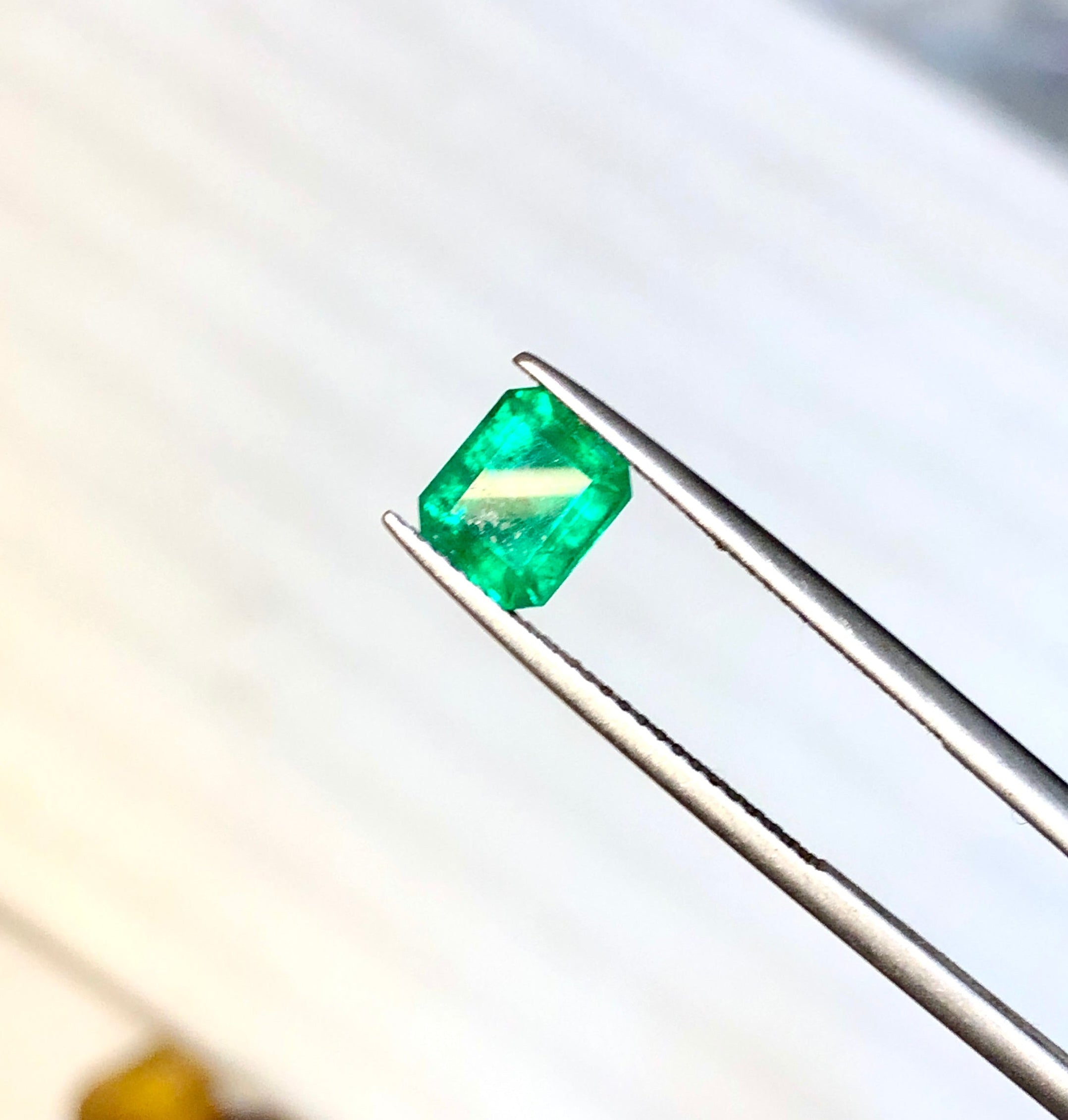

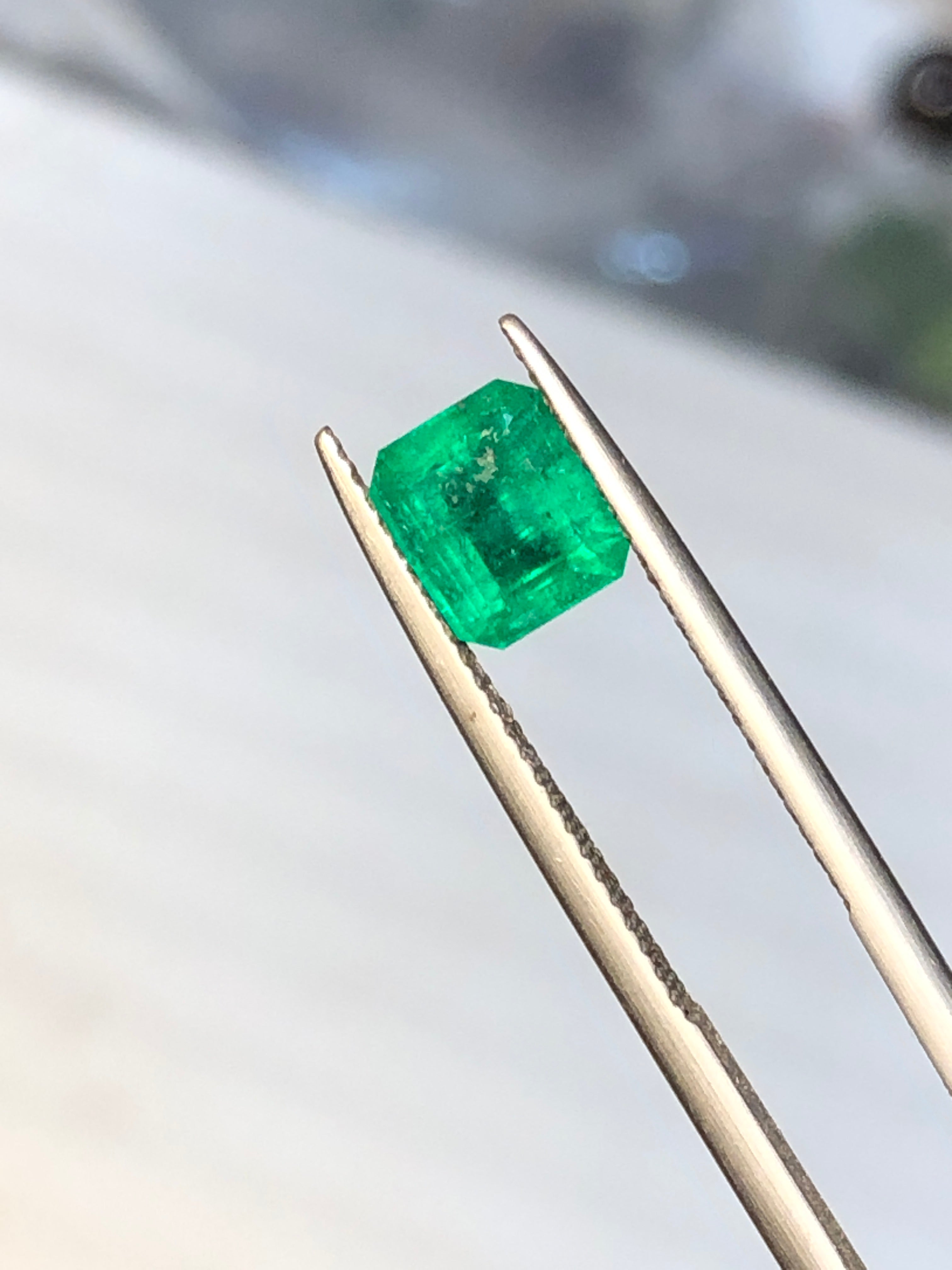

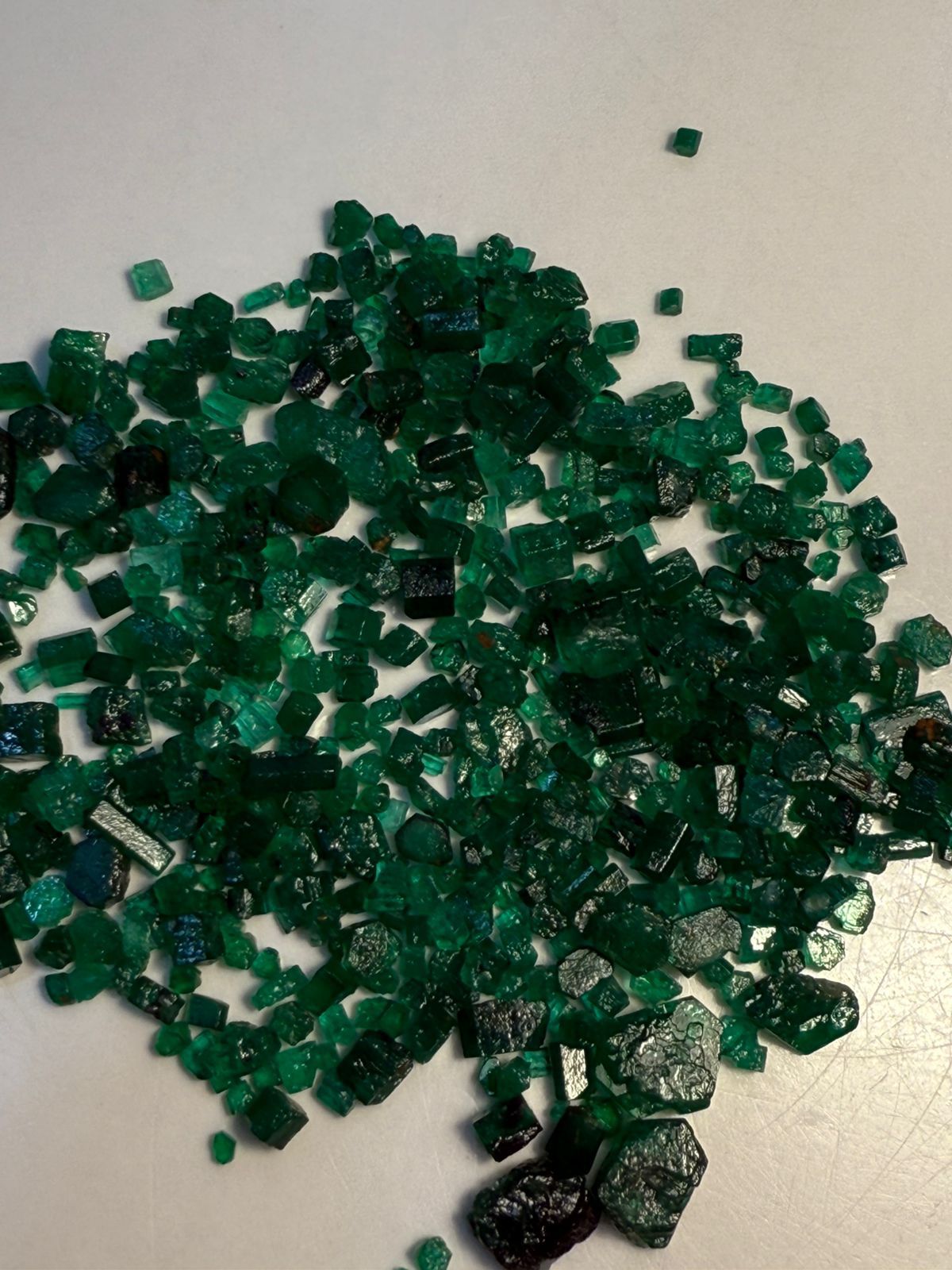



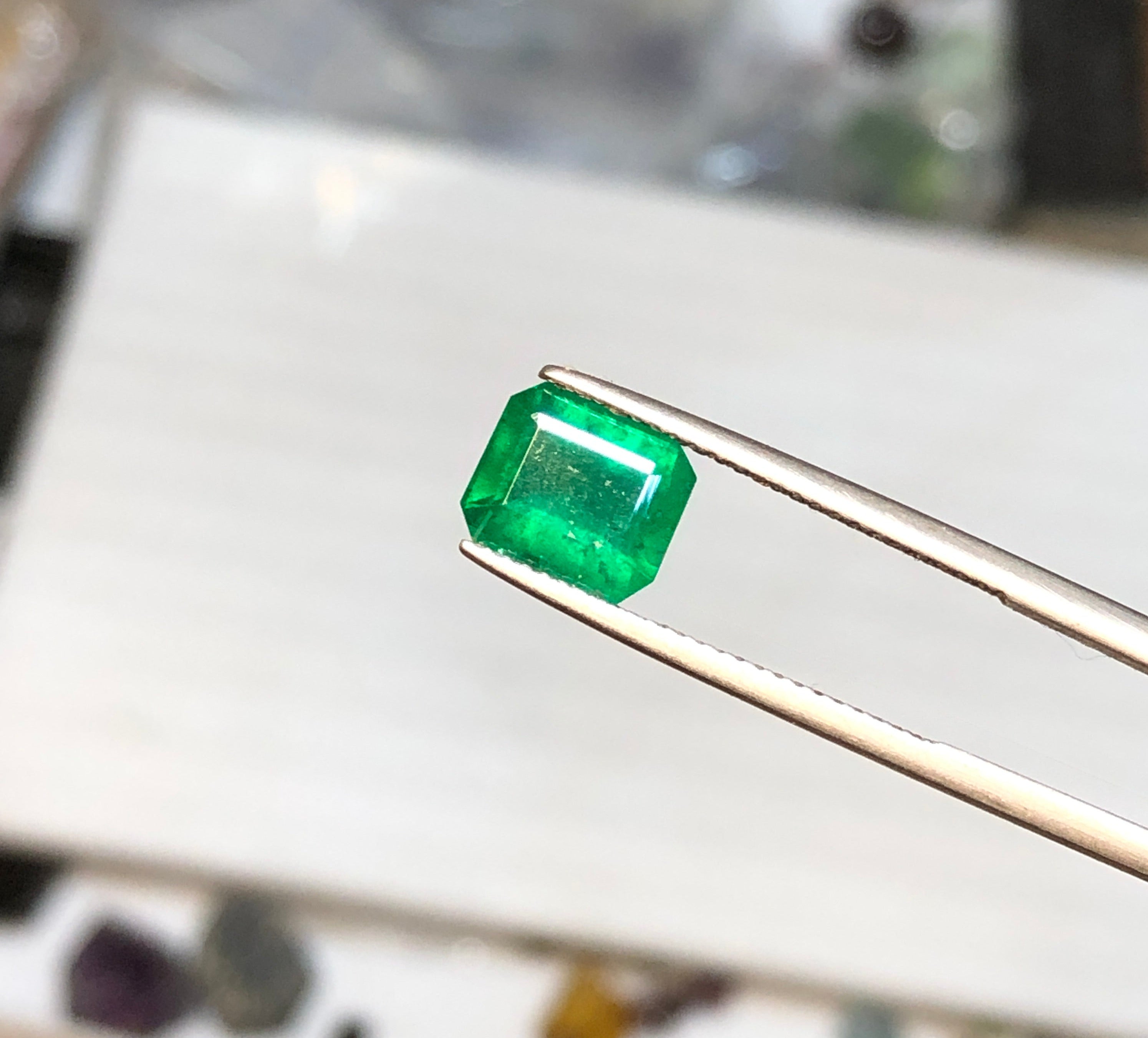
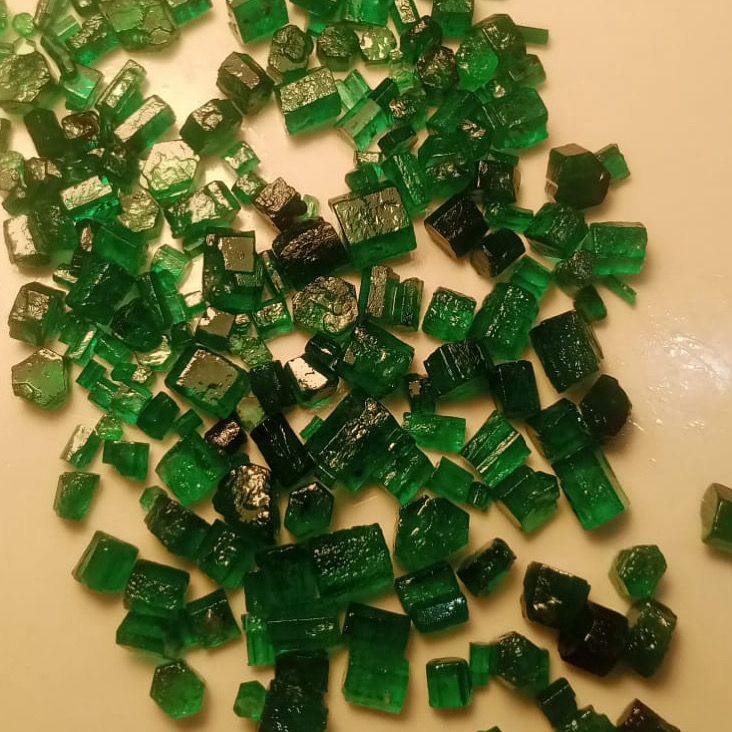
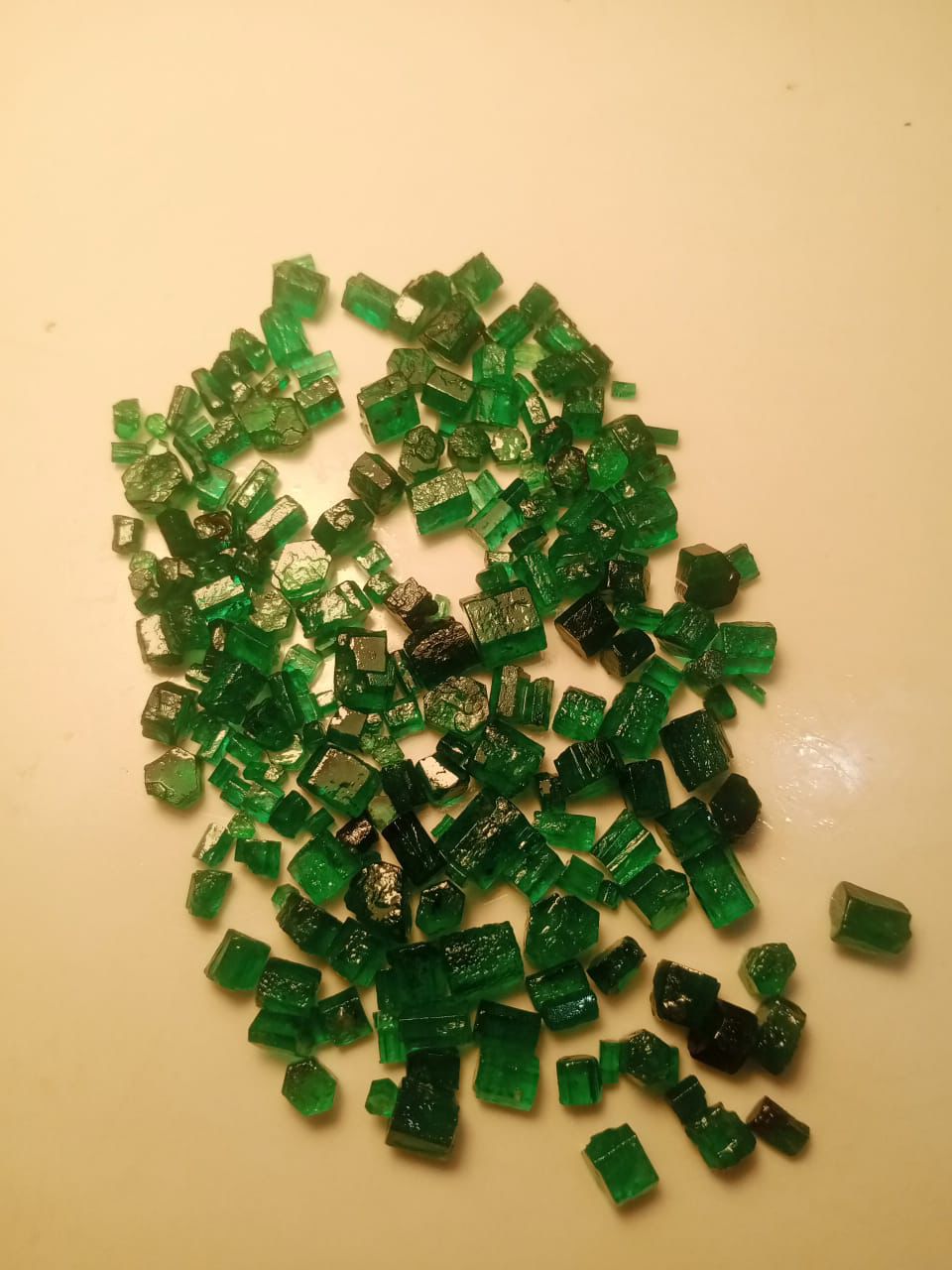

0 comments